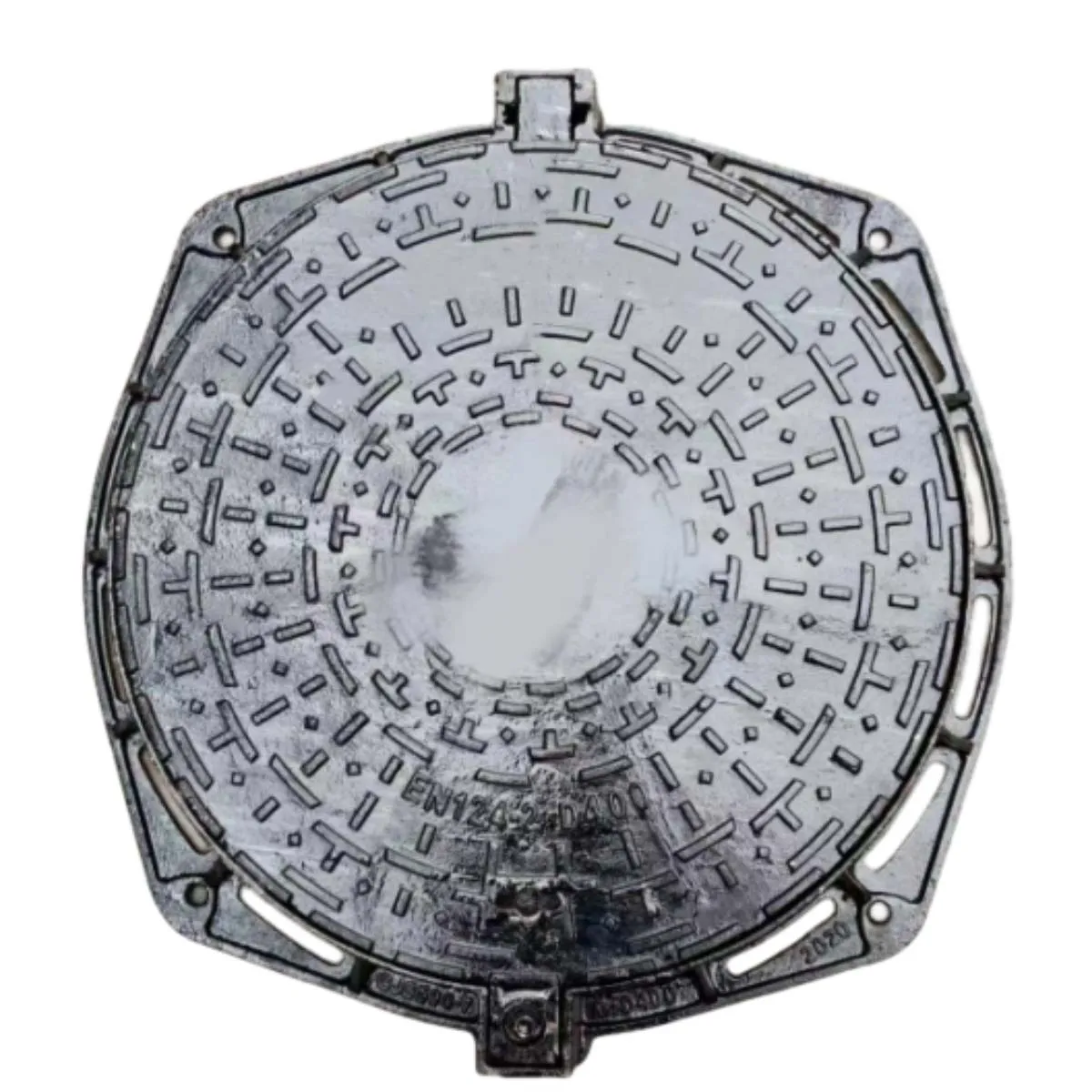Efficient Air Release Valve for Quick Operation and Improved Performance
Understanding Quick Release Air Valves Functionality and Applications
In various industrial and automotive applications, efficiency and safety are paramount. One component that plays a crucial role in achieving these goals is the quick release air valve. This device is designed to facilitate the rapid release of air or gas from a system, ensuring both effective operation and swift maintenance when necessary.
What is a Quick Release Air Valve?
A quick release air valve is a mechanical device that allows for the immediate evacuation of air or gas from a compressed air system. Typically constructed from durable materials such as brass, aluminum, or high-grade plastic, these valves are built to withstand high pressures while providing easy operation. They are commonly integrated into pneumatic systems, where they serve to control air flow and pressure.
Functionality and Operation
The primary function of a quick release air valve is straightforward it provides a pathway for air or gas to escape the system rapidly
. This is especially useful in situations where immediate depressurization is required, such as during maintenance or emergency shutdown scenarios. The valve is activated by a simple action—pulling a lever or pressing a button—which opens the valve mechanism, allowing air to escape through an exit port.In many applications, quick release air valves are designed to be manually operated. However, some systems employ automatic or electronic mechanisms that respond to pressure changes, enhancing operational safety. These valves ensure that air can be released without the need for complex procedures, reducing downtime and increasing efficiency.
Applications of Quick Release Air Valves
quick release air valve

Quick release air valves find applications across a wide range of industries, including manufacturing, automotive, and aerospace. In manufacturing, they are used in pneumatic tools and equipment, enabling rapid tool changes and maintenance interventions. In the automotive sector, these valves are crucial in air suspension systems, where they help control the ride height and comfort of vehicles.
Additionally, in the aerospace industry, quick release air valves are critical for systems that require quick depressurization, such as cabin pressure management in aircraft. Their ability to release pressure swiftly ensures that safety protocols are adhered to during emergencies.
Advantages of Quick Release Air Valves
One of the primary benefits of quick release air valves is their ability to improve operational efficiency. By allowing for rapid air release, they significantly speed up maintenance processes and reduce the risk of pressure-related accidents. Furthermore, their simple design makes them user-friendly, ensuring that personnel can operate them without extensive training.
These valves also contribute to system longevity by preventing the buildup of excessive pressure, which can lead to equipment failure or hazards. Their robust construction ensures reliability in demanding environments, making them a valuable addition to any pneumatic system.
Conclusion
In summary, quick release air valves are vital components in many industries, serving to enhance operational efficiency and safety. Their straightforward design promotes ease of use while facilitating rapid air or gas release from systems. As industries continue to evolve and prioritize safety and efficiency, the significance of quick release air valves in pneumatic systems will undoubtedly grow, making them indispensable tools in modern engineering practices. Whether in a factory setting or a high-tech aerospace application, these valves stand as a testament to the advancements in mechanical engineering, promoting both productivity and safety.
-
The Smarter Choice for Pedestrian AreasNewsJun.30,2025
-
The Gold Standard in Round Drain CoversNewsJun.30,2025
-
The Gold Standard in Manhole Cover SystemsNewsJun.30,2025
-
Superior Drainage Solutions with Premium Gully GratesNewsJun.30,2025
-
Superior Drainage Solutions for Global InfrastructureNewsJun.30,2025
-
Square Manhole Solutions for Modern InfrastructureNewsJun.30,2025
-
Premium Manhole Covers for Modern InfrastructureNewsJun.30,2025
